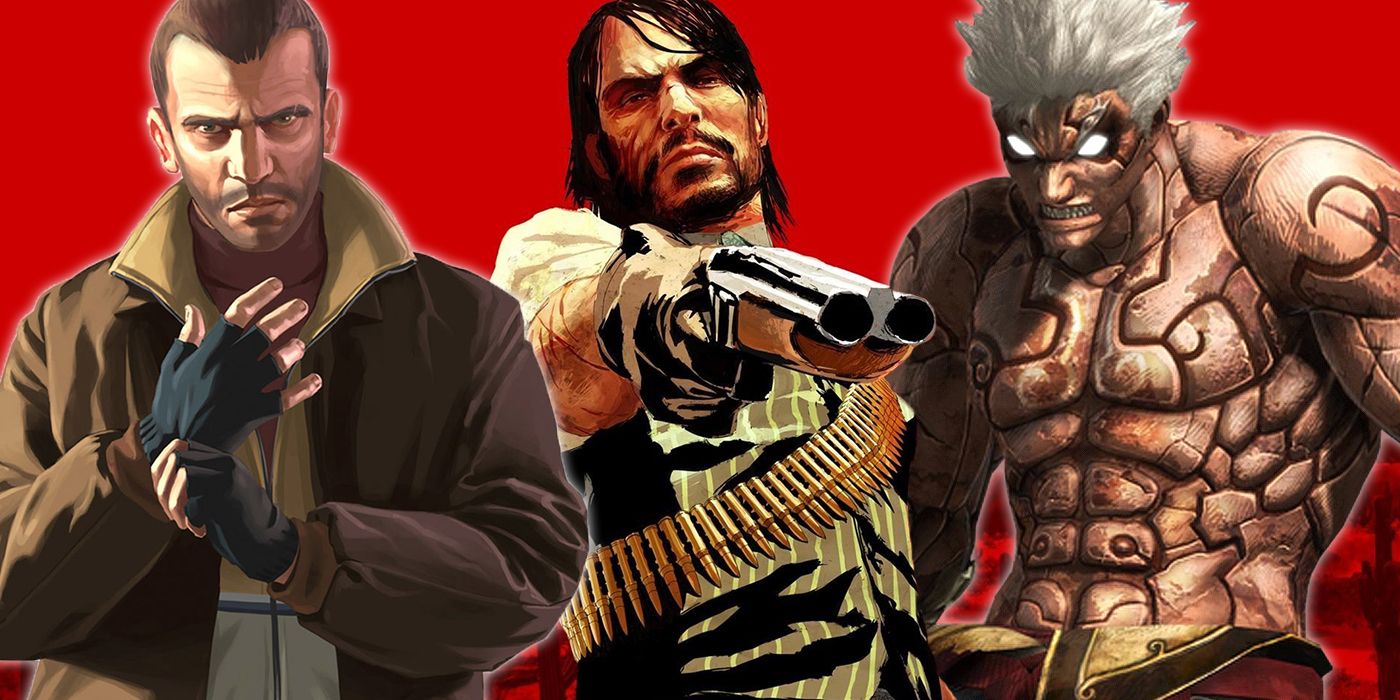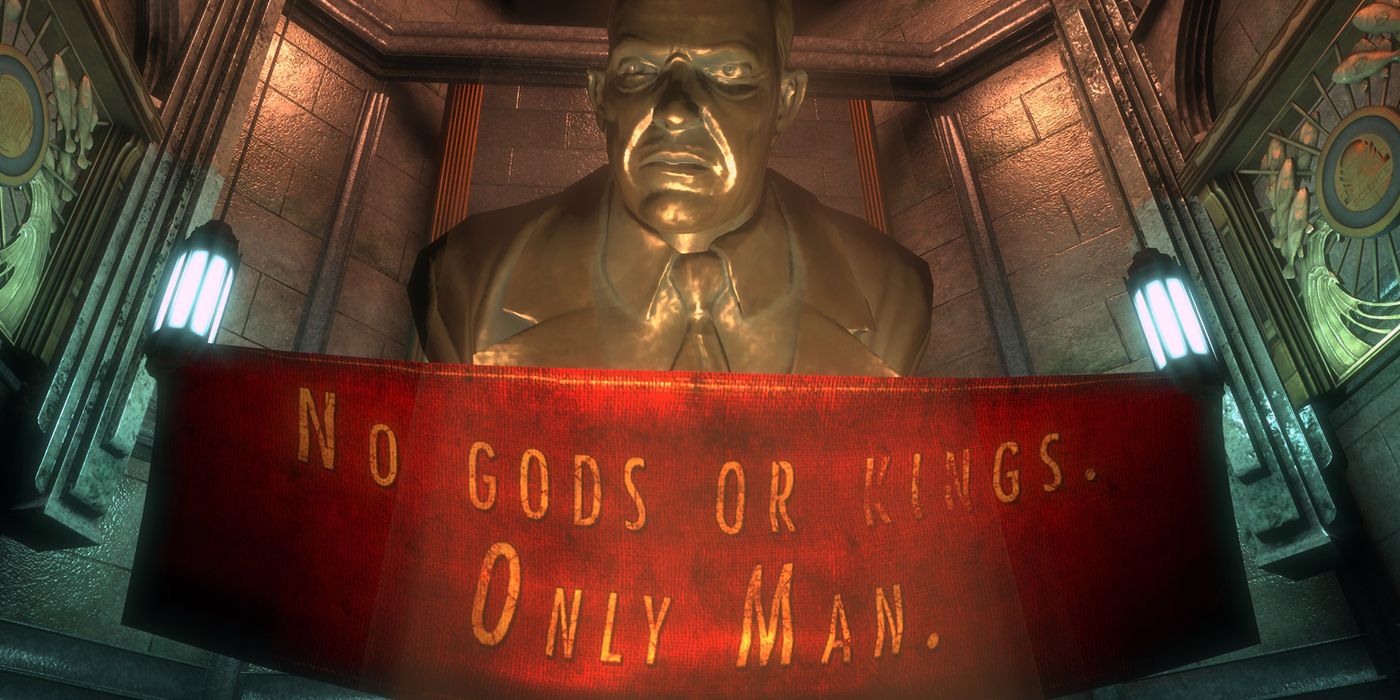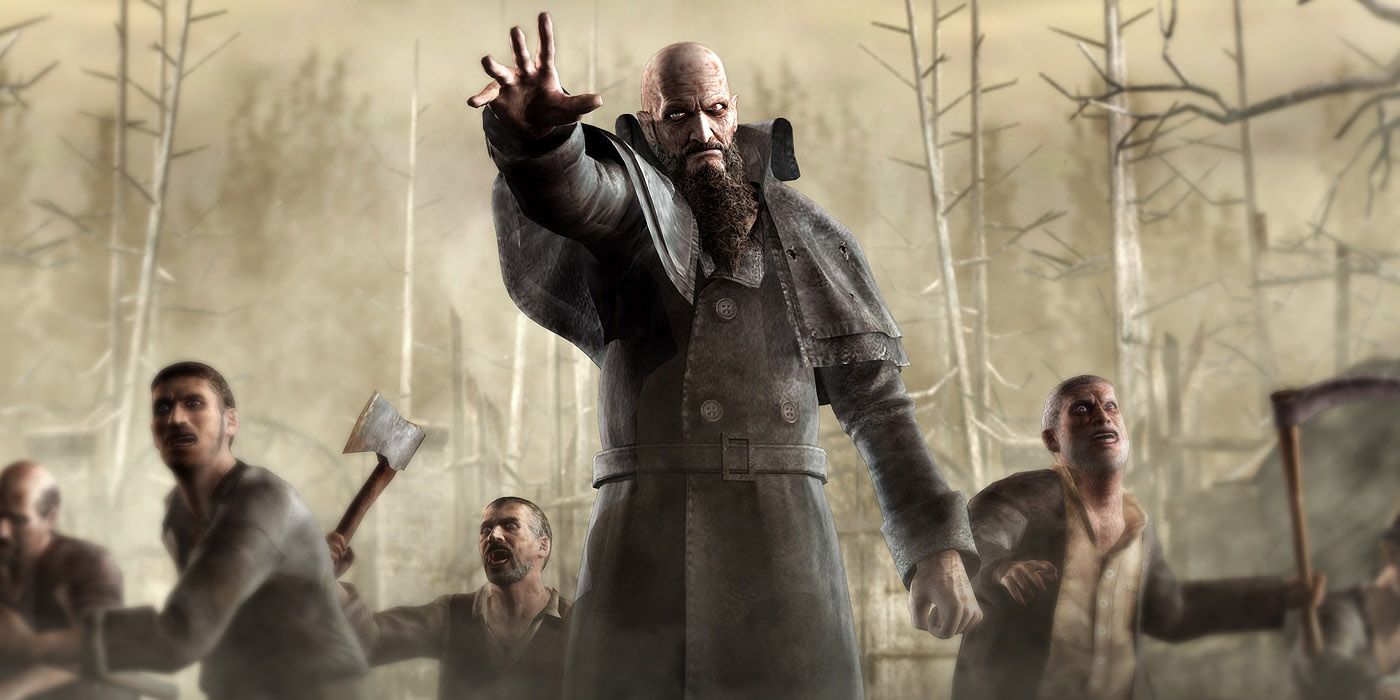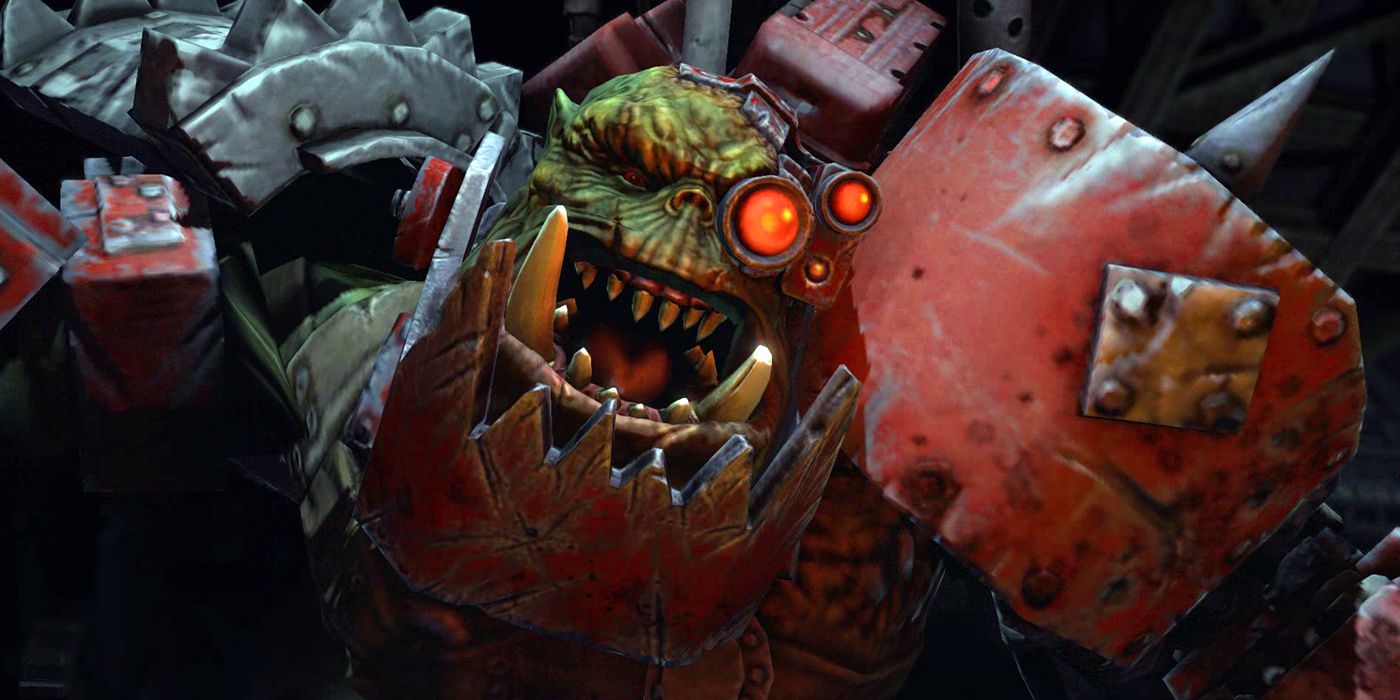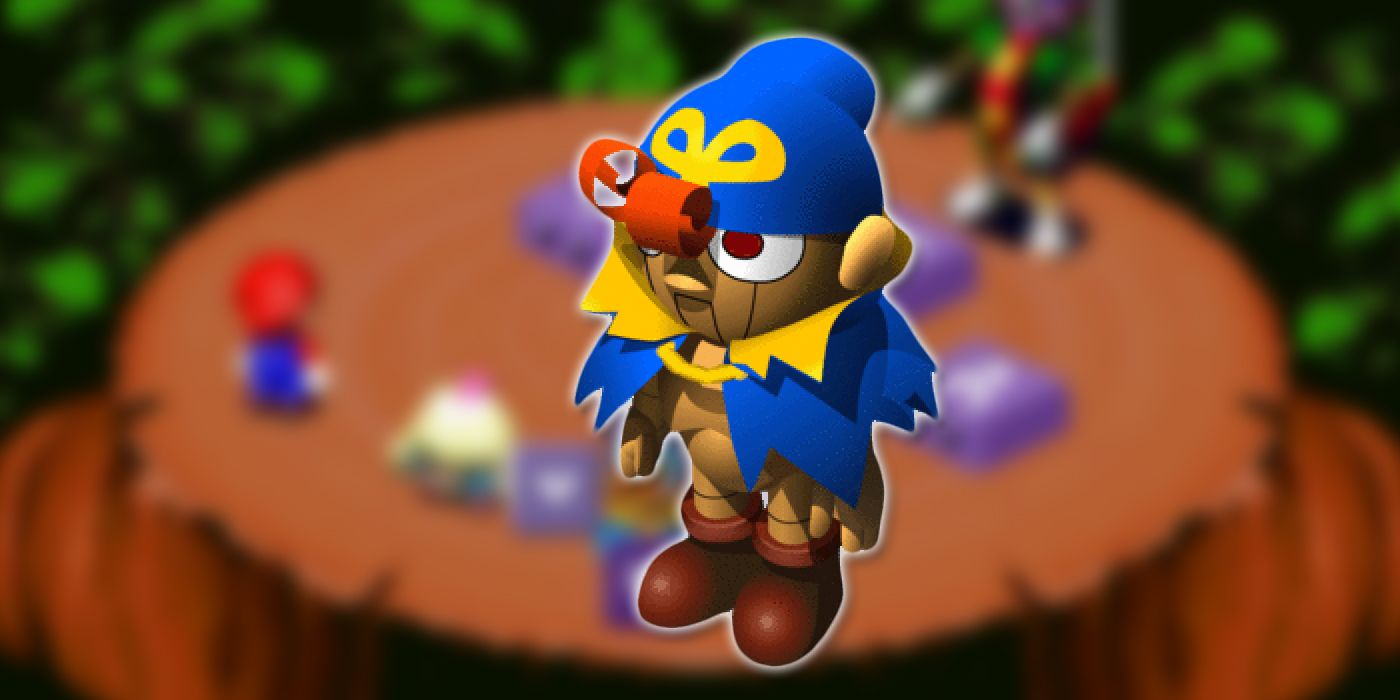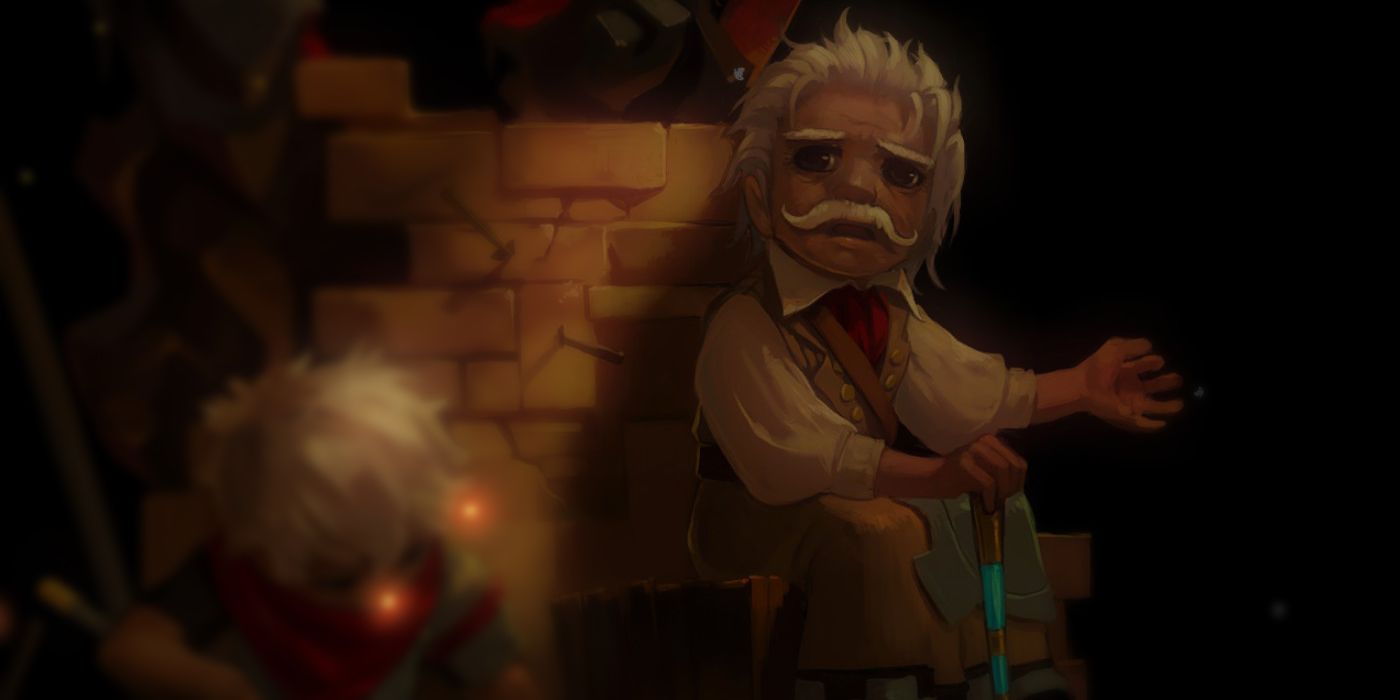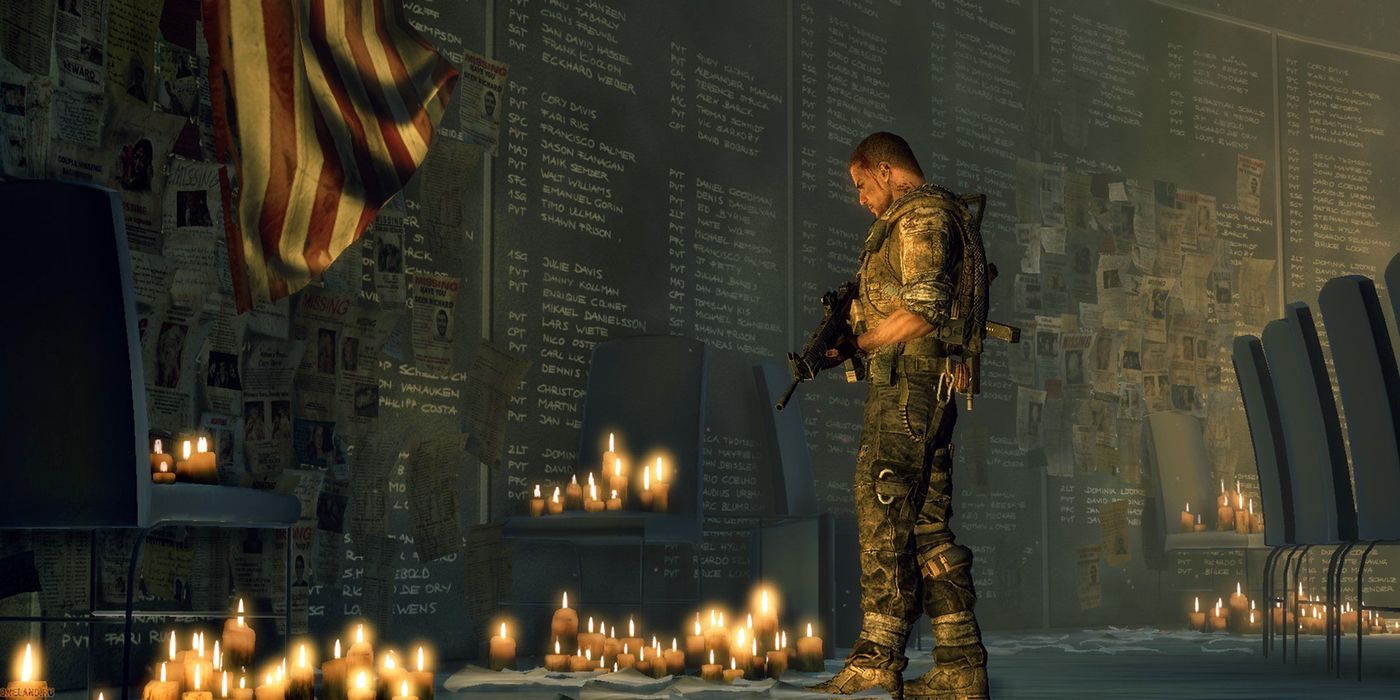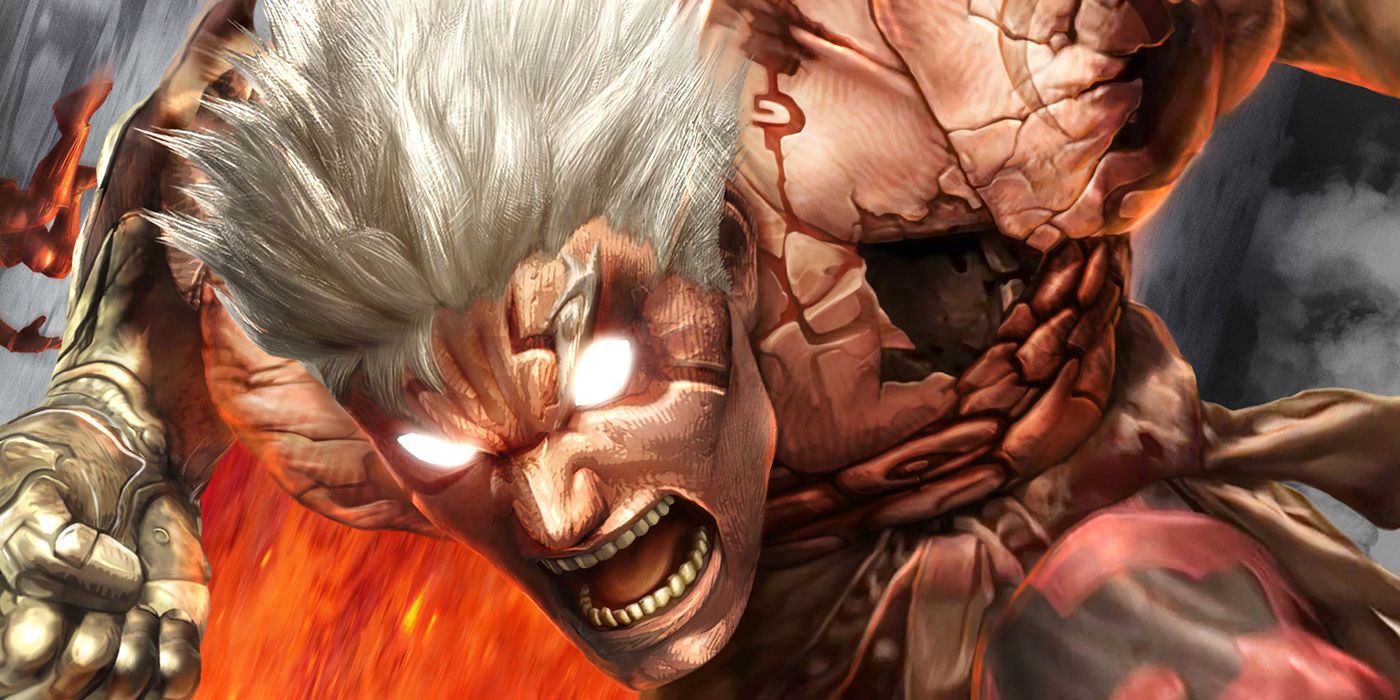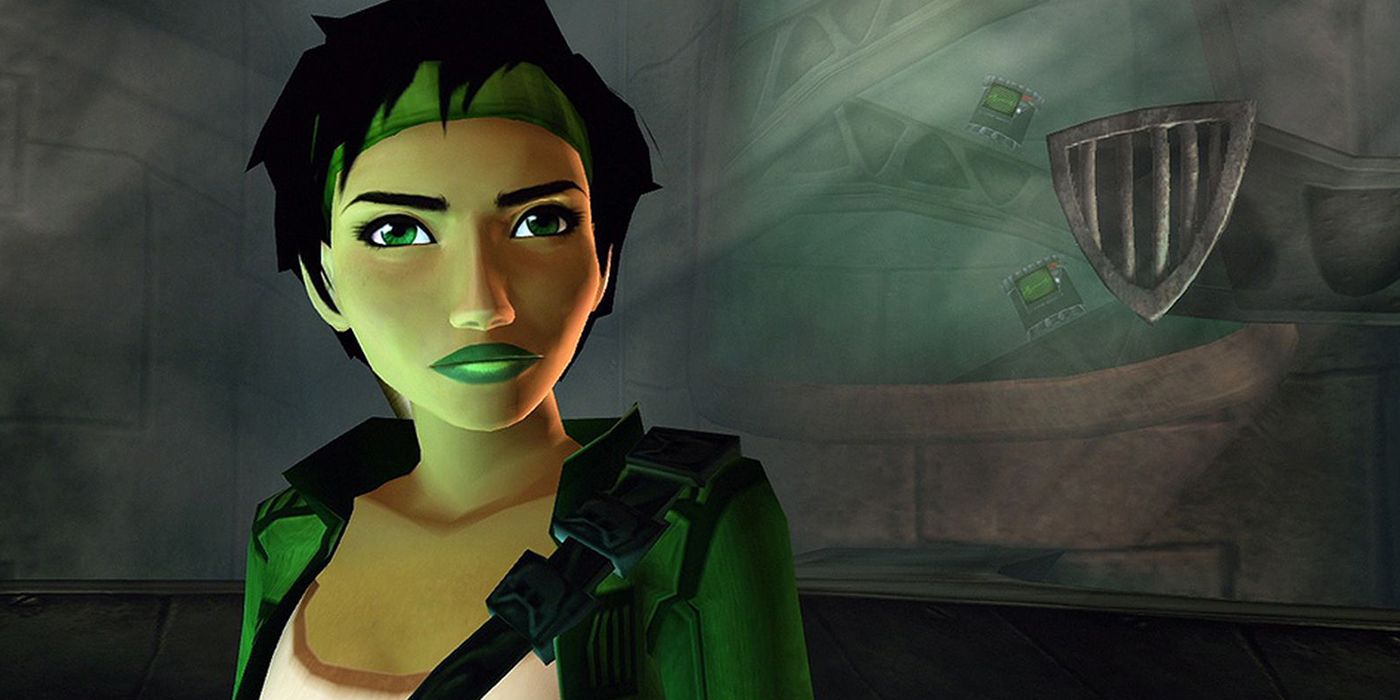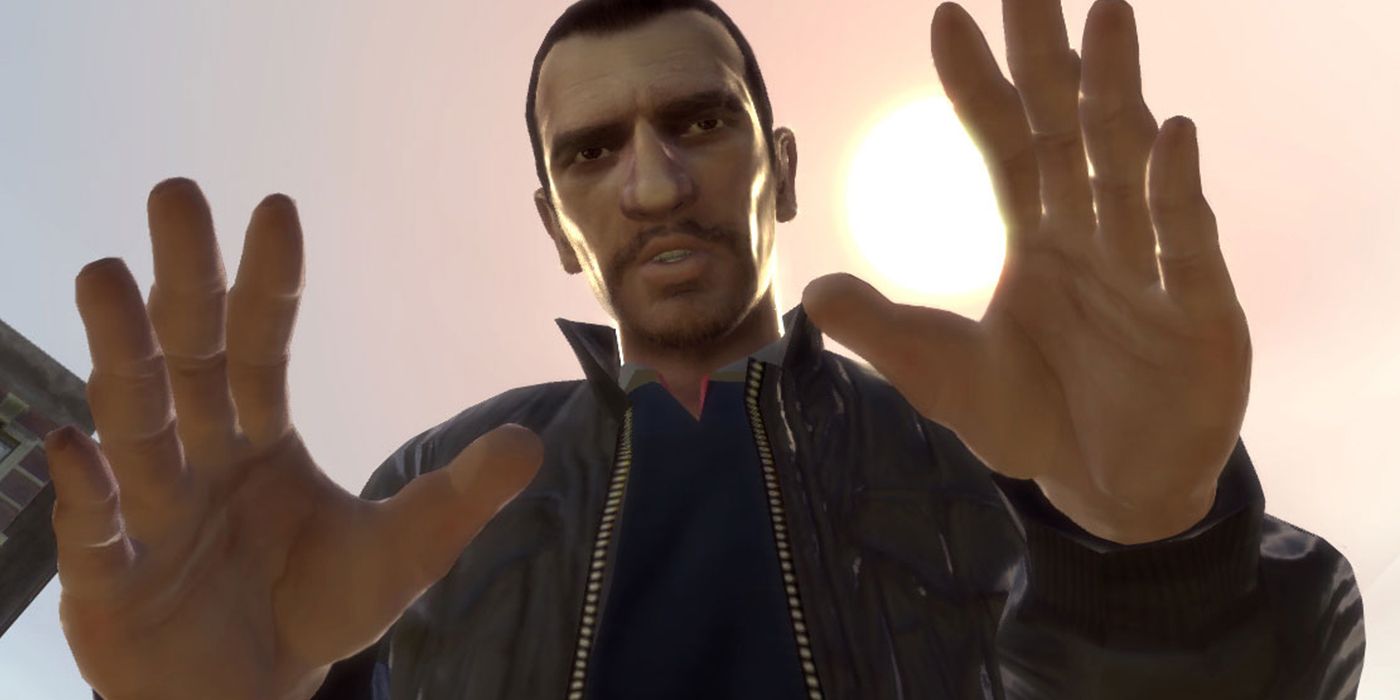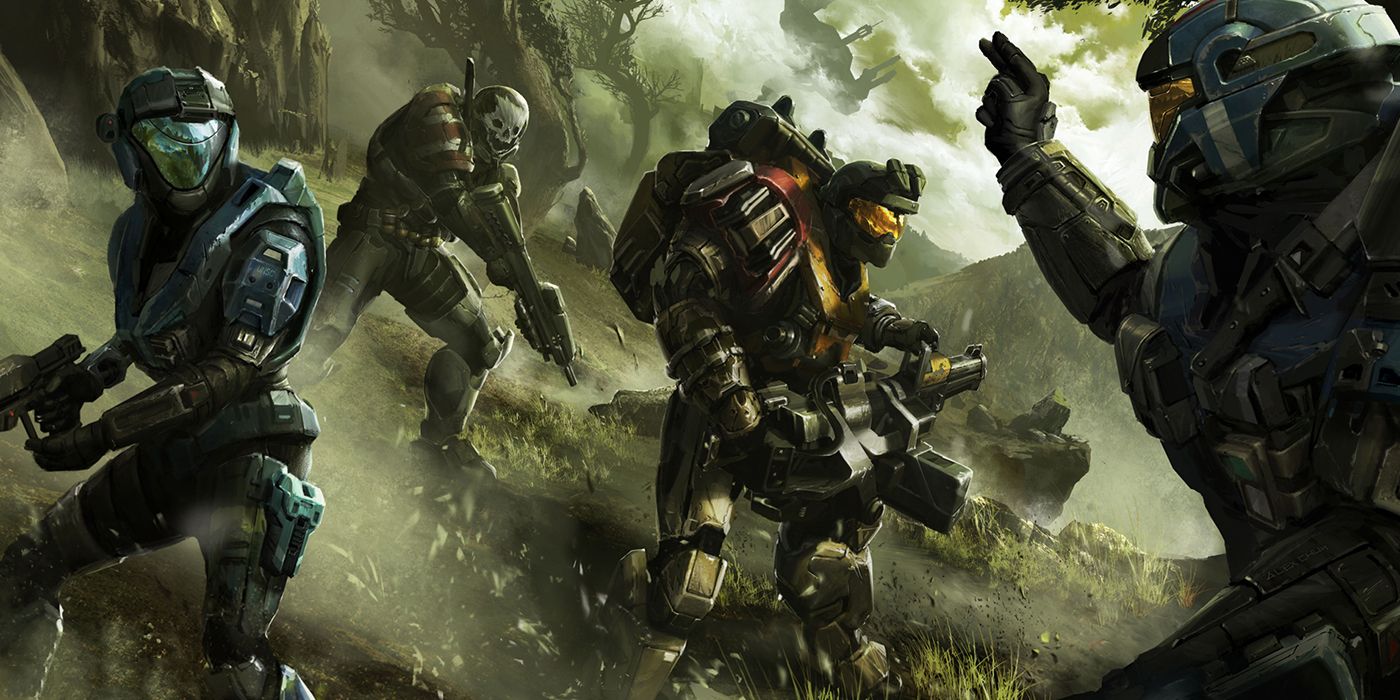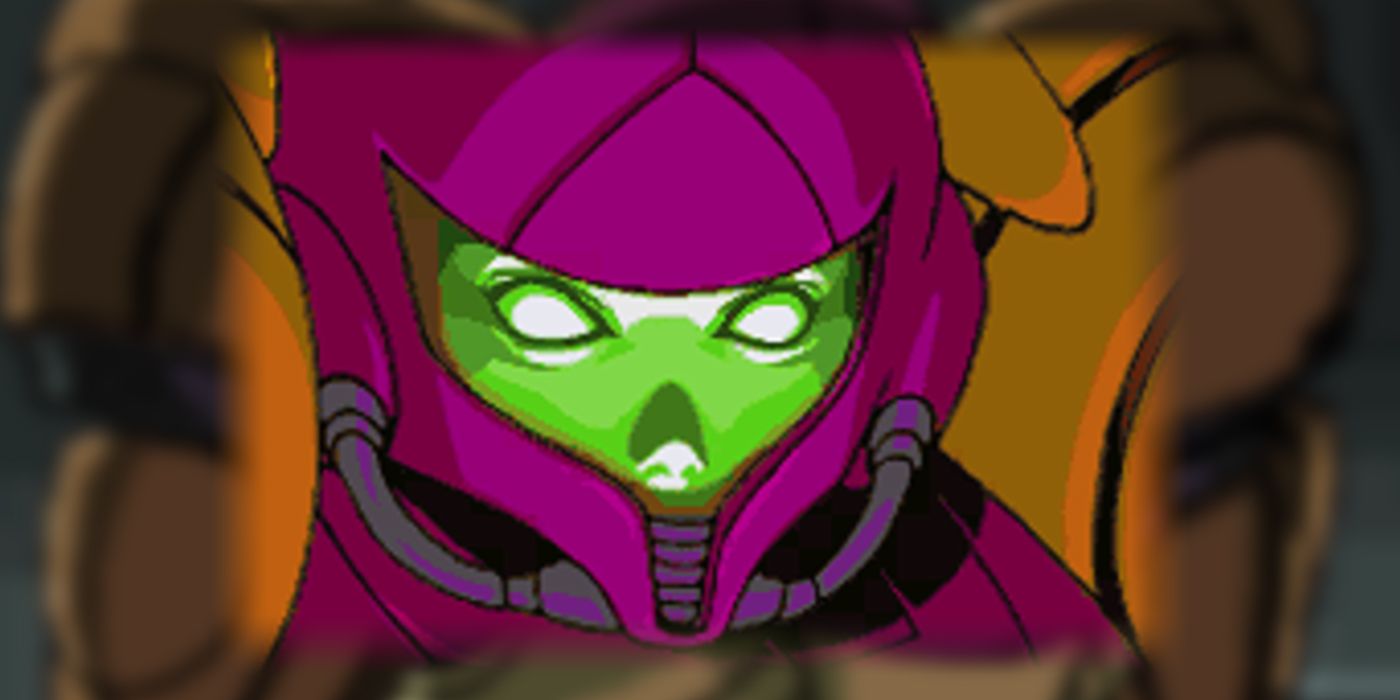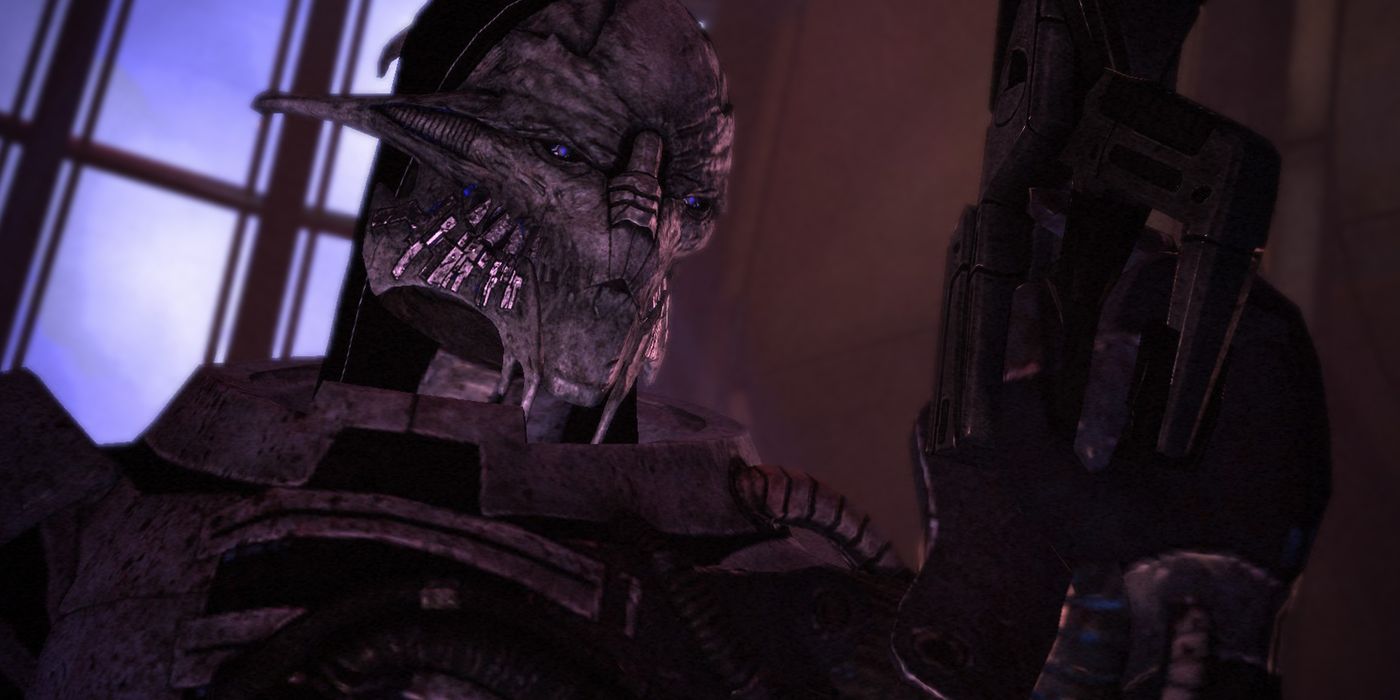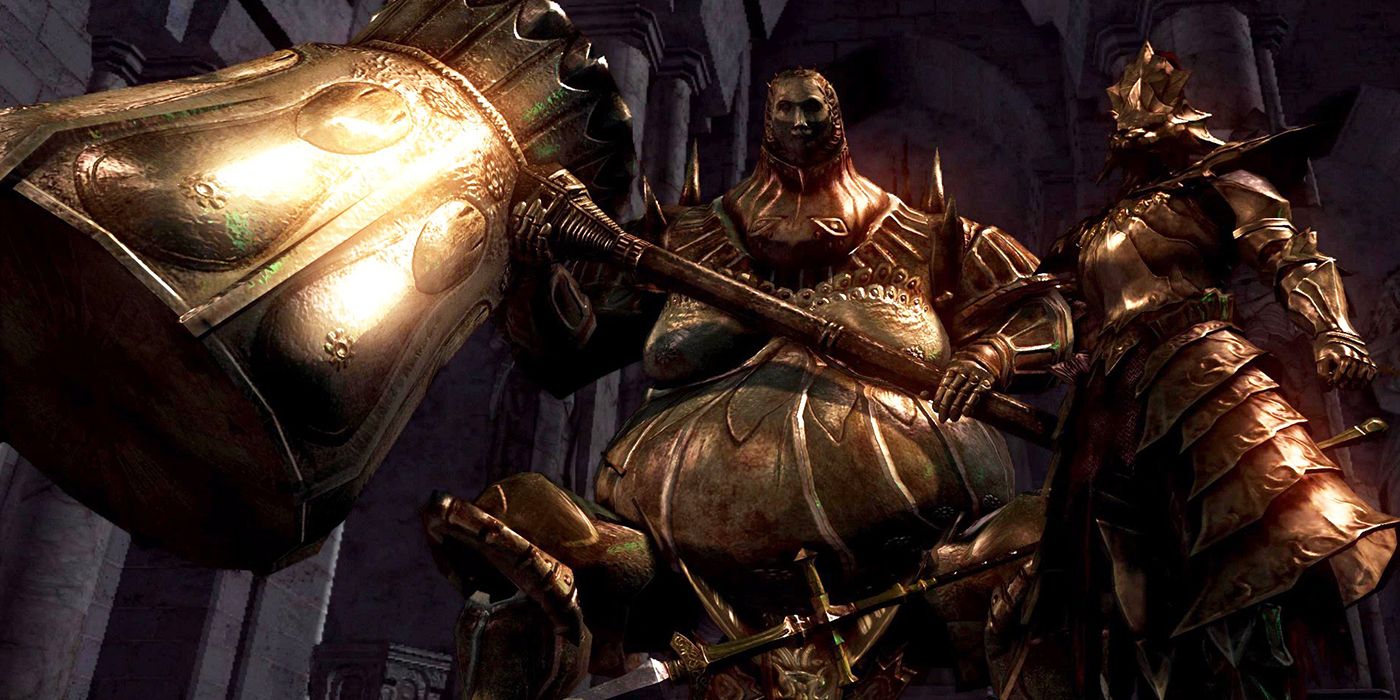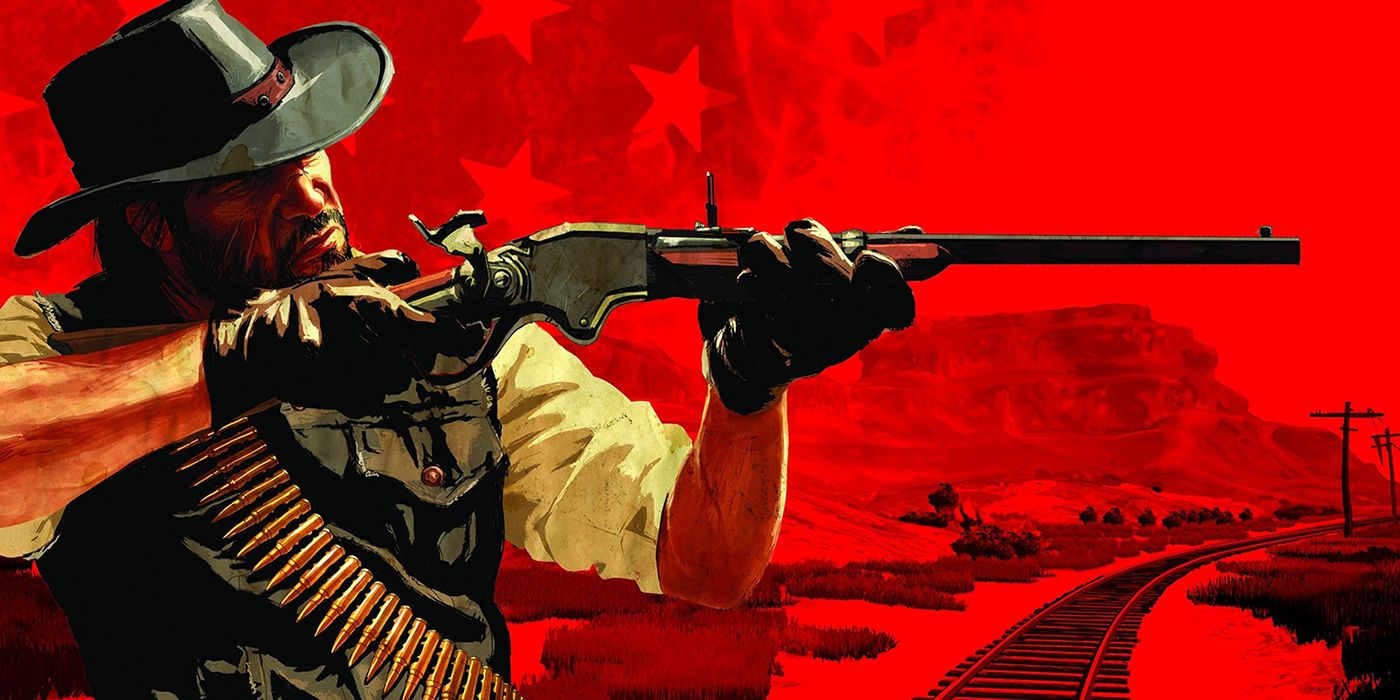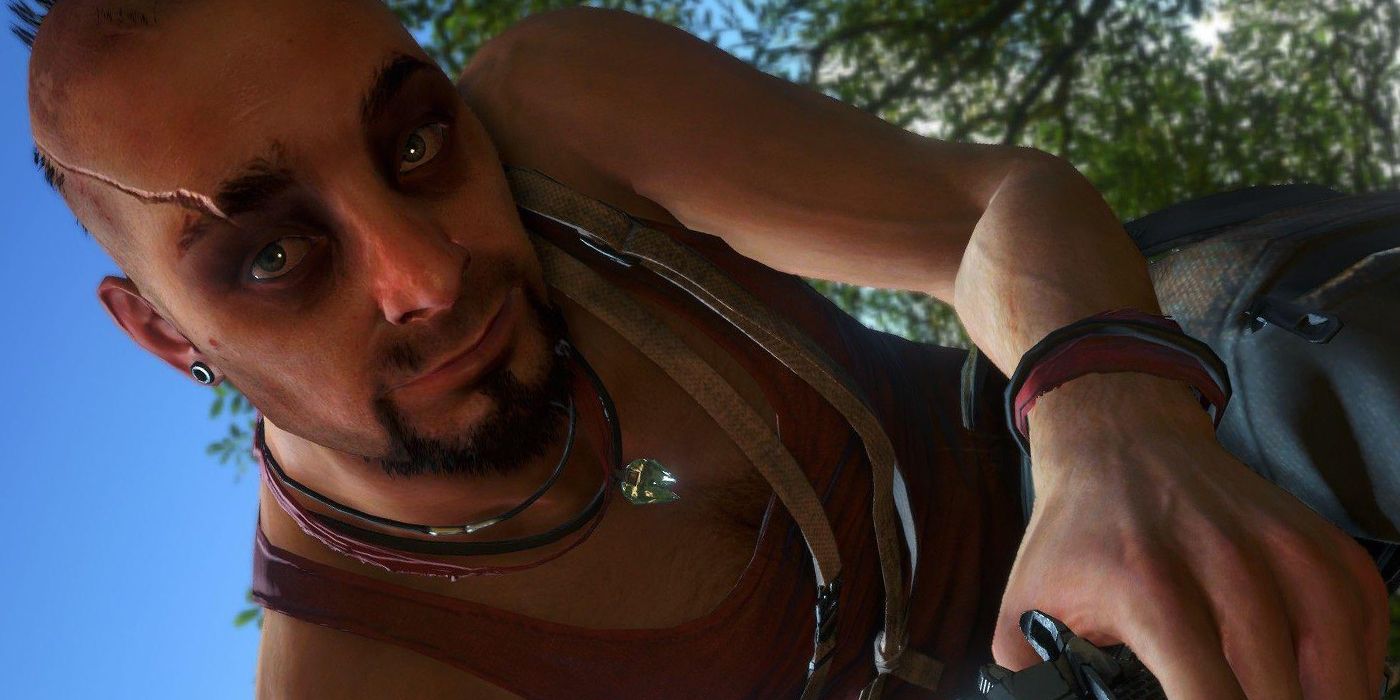A lot of different factors go into making a video game work, but few aspects of development are as important as nailing the characters. It’s entirely possible for a game to have an absolute train wreck of a story, but if the characters are all likable and well-realized, then most gamers will probably want to keep playing. Switching things around doesn’t work: it doesn’t matter if the story is fantastic, no one’s going to want to bother with it if the characters don’t work.
For a lot of games, a solid set of characters will ultimately lead to sequels down the line - but, for some, one moment in the spotlight is plenty. With so many triple-A video game franchises relying on star power and familiar casts, it’s a nice change of pace when developers don’t force their characters to overstay their welcome.
Don’t call them one-hit wonders: these are simply the characters who knew when to clear the stage. Here are 15 Of The Best Characters To Only Appear In One Game
15. Andrew Ryan
Appeared in: BioShock (2007)
One advantage that video games have over other forms of media is longevity. Movies need to introduce their characters, conflicts and philosophy within two to three hours - games, on the other hand, can stretch that out quite a bit. What this means is that developers can take their time building their characters, giving them complex motivations and philosophies.
Andrew Ryan, one of the major antagonists in BioShock, is often cited as one of the best villains in gaming history, largely due to how players learn more and more about him as the game continues. When BioShock first begins, Ryan is presented as a man with limitless ambition, even if that philosophy clashes with society's views. As the story goes on, however, it’s revealed that Ryan is just as corrupt and uncaring as the governments he protests, and is more than willing to abandon his morals if it means furthering his own plans.
By the time players finally meet Ryan face-to-face, it’s clear that the man isn’t the savior he purports himself to be...and that’s part of what makes his character so fantastic.
14. Bitores Mendez
Appeared in: Resident Evil 4 (2004)
Let’s be honest: most Resident Evil villains are pretty hit-and-miss. For every Albert Wesker, there’s an Alfred Ashford or Excella Gionne that exist only to annoy long-time fans of the franchise.
Enter Bitores Mendez: introduced in Resident Evil 4, the towering giant serves as Leon S. Kennedy’s first real hurdle when searching for the President’s daughter. Seemingly unkillable, Mendez actually manages to one-up Leon on a number of different occasions before the two square off for the last time.
Sure, he was something of a lumbering brute, but that was exactly what Resident Evil needed: a brick wall of a man with something sinister lying below the surface. True, Resident Evil 4 got pretty ridiculous by the time its conclusion rolled around - but for those early hours, Mendez was every players’ worst nightmare.
There’s also the fact that the boss fight against Mendez is a simple concept executed brilliantly: while his weak spot is clearly exposed throughout the fight (as series tradition dictates), the layout and multi-tiered environment do a lot to keep players on their toes. Plus, it’s hard to forget that fake eye rolling out of its socket...
13. Warboss Grimskull
Appeared in: Warhammer 40,000: Space Marine (2011)
When Warhammer 40,000: Space Marine debuted back in 2011, Relic Entertainment had a lot on their hands. Not only did they have to make a game that satisfied longtime fans of the strategy tabletop game, but they had to introduce Warhammer to thousands of fans who had never played any of the prior games.
To do this, Relic needed to make the major conflict - that of humanity fighting back against the vicious Orks - as clear-cut as possible. The Ultramarines were obviously the good guys, but the Orks would need a leader that both symbolized everything they stood for and served as a tangible threat. That’s where Warboss Grimskull comes into play.
A towering mass of green-tinted meat and machinery, Grimskull is one of the best parts of Space Marine’s story. He’s the epitome of what makes Warhammer 40k’s Orks so lovably evil: Grimskull is loud, obnoxious, and near-impossible to kill. Even though he loses points for being shoved aside halfway through the campaign, the rivalry between Captain Titus and Grimskull is more than enough to warrant playing through the story at least once.
12. Geno
First appeared in: Super Mario RPG (1996)
It's been twenty years, and fans are still clamoring for Geno to make a return.
Despite what logic may suggest, Square and Nintendo were able to make a puppet cool. Geno, one of the many party members from Super Mario RPG: Legend of the Seven Stars, was one of the better offensively-focused characters in the game. Not only that, but Square gave him a backstory that was both ludicrous and perfectly at-home in the Mario universe - though his tale came to a end by the game's finale, it still felt like there were more stories to be told.
Sadly, that never happened; Square never made a follow-up to Super Mario RPG, and the Paper Mario series that succeeded it basically worked as a reboot. As such, Geno has been mostly relegated to memory: aside from a cameo as an optional mini-game announcer in a Mario & Luigi game, it seems like Nintendo has forgotten about him.
Fans often complain that Nintendo has ditched many of its franchises and characters in favor of cheap gimmicks - while that might not always be the case, it definitely feels like Geno has gotten the short end of the stick.
11. Rucks/The Narrator
Appeared in: Bastion (2011)
Bastion begins as many other games do: with players waking up lost in the middle nowhere, with only a disembodied voice to point them in the right direction. With nowhere else to go, players are forced to follow this mysterious narrator - and, while most wouldn’t think twice about following such advice, few would ever expect to meet the narrator face-to-face.
It’s this dual role as both a narrator and plot-centric character that distinguishes Rucks. While other games have used a narrator as a way to present the plot, few ever featured a narrator that had such an influence on the narrative itself. Without going into too much detail, Rucks plays a central role to the story of Bastion, even going so far as to present the player with their final major choice.
It’s a dynamic that few games have ever toyed with, and it'll likely be a while before a new developer takes another shot at it. Rucks is a character that could only ever exist in gaming, and it’s why his sole appearance is still so memorable all these years later.
10. Martin Walker
Appeared in: Spec Ops: The Line (2012)
Most military shooters don’t feature much in the way of in-depth storytelling: though a select few attempt to shake things up with the occasional plot twist, the vast majority of modern shooters keep things simple. Even the protagonists, which many consider to be the focal point of most stories, are generally blank slates.
Spec Ops: The Line is different. Players take on the role of Martin Walker, a Delta Force operator searching for his AWOL commander in a ruined Dubai. Though the game starts out normally enough, and Walker initially appears to be an average, no-nonsense soldier, the situation continues to dissolve around (and because of) the player’s actions. Few games go into such dark territory, and even fewer show the effects of such events on their main characters - but, over time, it’s clear that Walker isn’t the same person that players started the game with.
Spec Ops: The Line may have been an average shooter from a gameplay perspective, but the ‘hero’ of its story is far more complex and conflicted a character than anyone could have possibly expected.
9. Asura
Appeared in: Asura’s Wrath (2012)
As technology improves, video games become more and more realistic - and, as such, the industry has shifted to focus on more grounded, believable characters. That’s not a bad thing by any stretch of the imagination, but with such powerful tech and so many different possibilities, it’s a shame that more developers don’t go for the larger-than-life, ridiculously over-the-top protagonists. After all, when developers do push those limits, the results are typically awe-inspiring - just look at Asura’s Wrath.
The titular Asura is far from a relatable character: he’s literally so full of rage that he can punch planet-sized deities in the finger and kill them in a single hit. That’s about as ridiculous as you can get, and it’s why Asura’s Wrath is such a blast to play through. Sure, Asura doesn’t really change much along the way, and the story doesn’t really evolve past getting revenge - but as a way for players to interact with such an outrageous world, it’s perfect.
If anything, Asura stands as proof that not every great hero needs to be an introspective downer - there’s plenty of room for mindlessly angry, godlike wrecking balls, too!
8. Jade
Appeared in: Beyond Good & Evil (2003)
Strong female characters can be tough to find when it comes to video games, and more often than not, they don’t stick around for long. While heroines like Samus and Lara Croft have been shooting up bad guys for years now, they’re definitely still the minority: most video games still star bland male characters without any real defining characteristics.
Back in 2003, the same sentiment held true - and that’s why Beyond Good & Evil‘s protagonist stuck out so much. Jade wasn’t a grizzled war veteran, or a hero just learning of their noble birthright, but an amateur photographer. Instead of fighting back against an invading army or smiting evil wherever it appeared, she tried to expose a corrupt government for the betterment of society.
Not only does Jade prove that female protagonists can be interesting characters, but they don’t have to play the exact same role as their male counterparts. Jade (and Beyond Good & Evil, by extension) are compelling because of how they shake things up - and it’s something the gaming industry could use more of.
7. Niko Bellic
Appeared in: Grand Theft Auto IV (2008)
While nearly every Grand Theft Auto protagonist is some sort of satire, it’s easy to forget that many of the series’ early playable characters were outright caricatures. Most were stereotypes of their respective cultures and/or time period, and as a result, they didn’t always come across as believable. That’s not to say that they were bad, it’s just that they didn’t always feel like realistic people.
Grand Theft Auto IV’s Niko Bellic marked a shift in how Rockstar presented their protagonists. Sure, Niko was still something of a stereotype, but his portrayal was much more grounded than many of the series’ other playable characters. It felt as if Rockstar used Niko’s Eastern European heritage as a jumping off point for a grander story, rather than using his ethnicity as his one and only defining character trait.
To be fair, Niko isn’t a perfect character, but it’s hard not to get attached to him as he rampages through Liberty City. At the very least, he marks a turning point in Rockstar’s storytelling - and, considering how good Grand Theft Auto V was, Niko’s turn in the spotlight was definitely worth it.
6. Noble Team
Appeared in: Halo: Reach (2010)
One of the best things about Halo: Reach was that fans already knew what was going to happen. Anyone who read the extended fiction behind Microsoft’s marquee franchise knew that the planet Reach was doomed, giving the game a uniquely tragic atmosphere right from the very beginning. The story became more about how Noble Team would meet its end, rather than wondering if they’d survive.
As grim as that may sound, Bungie still did a fantastic job of keeping the story of Halo: Reach from feeling like a played-out slasher flick. The members of Noble Team may have been gigantic super-soldiers, but they were still people - and it was impossible not to get invested in their stories. Sadly, that made each loss more and more painful, right up until the game’s now-iconic post-credits sequence.
Halo is often derided for being ‘just another shooter’, but fans know how emotional the stories can be - and the story of Noble Team’s last stand and final moments is a perfect example.
5. The SA-X
Appeared in: Metroid Fusion (2002)
Anyone who’s ever played a Metroid game knows how ridiculously powerful Samus is by the time the credits roll. Between the different weapons, missiles, bombs and armors, Samus is basically a walking arsenal.
Now, imagine if all that power was hunting you.
That’s the premise of Metroid Fusion: after being stripped of her Power Suit, Samus is forced to make her way through an abandoned space station, all while evading a parasitic alien organism that’s made its home inside her old armor. All of Samus’ most powerful abilities are suddenly turned on the players themselves - and it makes for a dynamic unlike anything else in the series to date.
What’s even better is that Nintendo knew how scary this concept was: there are some legitimately creepy moments littered throughout Metroid Fusion, with the SA-X’s downright terrifying introduction still standing out fifteen years later. Horror is something that few people associate with the family-friendly image of Nintendo, but the SA-X proved that the publisher could pull it off without resorting to shock value or something graphic.
Let’s hope the next Metroid game is as memorable as the SA-X... no one wants to see Nintendo put out another Federation Force.
4. Saren Arterius
Appeared in: Mass Effect (2007)
There’s something to be said for villains that can pull off the calm, cool and collected look. It’s easy to put on some armor, grab a gun and call yourself a villain - but to look good doing it is an entirely different matter.
There’s a lot to love about Saren (other than his look), the main antagonist of the original Mass Effect. Like many BioWare characters, there are layers to the villain: on the surface, he’s helping a massive machine-god take over the galaxy. Once players start diving into his backstory, however, things get more complicated - what was once just a megalomaniac villain becomes a desperate man doing what he genuinely thinks is best.
And, unlike a lot of other villains, fans get to see Saren at both his best and his worst. There are just as many instances of Saren losing his cool as there are moments of triumph - that’s something that developers don’t do often enough. Saren may have been an alien bent on destroying galactic civilization, and somehow, BioWare was able to make something so out-of-this-world seem like it could actually happen.
3. Ornstein & Smough
Appeared in: Dark Souls (2011)
Most of the characters on this list secured their spots because of their...well, character. Creating a fictional character with a genuinely believable personality is one of the hardest things a game developer has to deal with, and a lot of games never really pull it off.
On the other hand, some games don’t need tons of characterization or exposition to make an impact. Sometimes, all a player needs to forge a connection with a character is a good ol’ fashioned beatdown, a grueling fight to the bitter end - and there’s no better example than the dual guardians of Anor Londo.
Ornstein and Smough are the final obstacle between players and the second half of Dark Souls’ brutally difficult campaign. It’s a vicious two-on-one handicap match against a pair of perfectly balanced opponents that only gets worse as it goes on: not only do their skills perfectly complement one another, but Ornstein and Smough can absorb the powers of their partner should they fall in battle.
There are many memorable boss battles strewn throughout the Souls series, but there’s nothing quite like the fight against Ornstein and Smough. It’s a brilliantly-designed setpiece, and one still hasn’t been matched to this day.
2. John Marston
Appeared in: Red Dead Redemption (2010)
John Marston isn’t all that different from many of the classic Western heroes that used to dominate Hollywood. He’s a man with a seedy past, one who’s done a lot of bad things in his life. He’s gruff and independent, but also willing to do what’s right for those that have helped him. He’s capable of great evil, but it’s obvious that he’s doing what he thinks is best - even if it doesn’t always work out.
In a lot of ways, players are able to connect with John Marston for the same reason they were able to connect with Niko Bellic: both are murderous theives, but they’re doing these awful things for a good reason. Right from the start of the game, it’s obvious that Marston doesn’t want to be out on the frontier, hunting his old outlaw buddies...but, if he’s going to go out and start killing people, he may as well try to help those around him in the process.
Supposedly, Marston is set to make another appearance in the upcoming Red Dead Redemption 2 - though we’d be surprised to see him as the main playable character again. To put it bluntly, Rockstar already told Marston’s story - and it was a damn good one at that.
1. Vaas Montenegro
Appeared in: Far Cry 3 (2012)
“Have I ever told you the definition of insanity?”
All it took was a single line for Far Cry 3 to cement itself as one of the most highly-anticipated games of 2012. It was performance capture unlike anything gamers had ever seen: true, actors had been digitized before, but the results were usually pretty clunky. Vaas, on the other hand, felt like an actual human being...and that’s what made him so terrifying.
Thankfully, when the game was finally released, Vaas played a huge role in the game’s story. Though he was disappointingly brushed aside halfway through the game, the opening hours of Far Cry 3 are so memorable simply because of Vaas’ presence. Gamers are used to villains being villains because of their plans or what they claim to do, but Vaas was a lot more...hands-on than players were expecting. It seemed like he was always around the next corner, waiting for the right time to foil the player’s attempts to escape - few expected that someone so insane could also be so methodical.
Vaas was such an integral part of Far Cry 3 that, when its sequel was released, most of its critics complained that the new antagonist simply couldn’t compare. Even most fans of Far Cry 3 will admit that the back end of the game is weaker because Vaas isn’t the focus. Think about how crazy that is: without even a full game under his belt, Vaas became the impromptu mascot for an entire series. Few other characters can make that claim, and no one can say that they did it better than Vaas.

